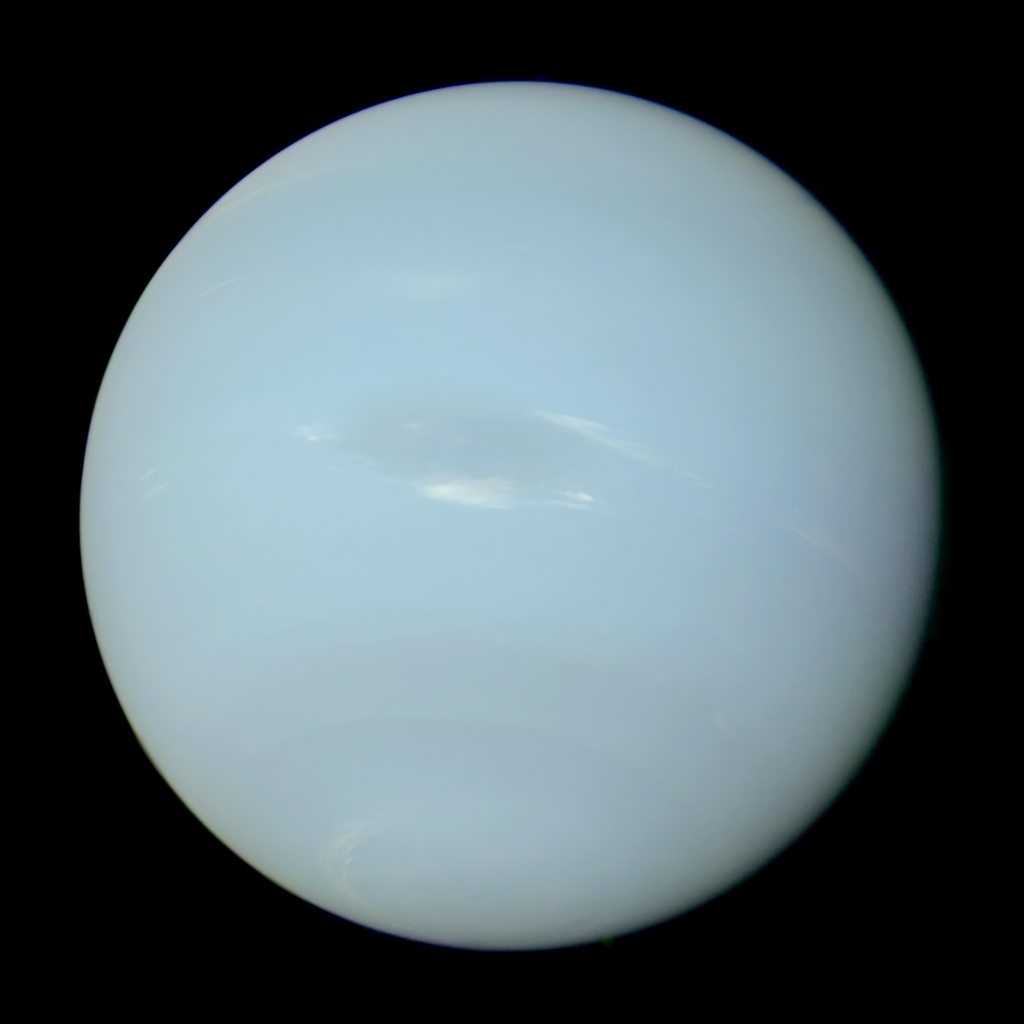The James Webb Space Telescope (JWST) has succeeded in photographing the auroras on Neptune for the first time in history. Until recently, their existence was only assumed.
Auroras on Neptune
Auroras occur when charged particles emitted by the Sun hit the planet’s magnetic field and eventually hit the upper atmosphere. The energy released from these collisions creates a characteristic glow.

In the past, astronomers have successfully recorded auroras on three of the four giant planets, Jupiter, Saturn and Uranus. However, Neptune remained the missing piece of the puzzle. Scientists had indirect evidence for the existence of the auroras, but no direct confirmation.
The task was accomplished thanks to JWST. It made near-infrared observations of Neptune in 2023. JWST not only managed to record for the first time the glow from auroras (indicated in blue-green color on the image), but also to obtain a spectrum of the upper layers of the planet’s atmosphere. It showed an extremely prominent emission line indicating the presence of a three-atom hydrogen ion, which is formed during auroras.

The auroras on Neptune are markedly different from what we are used to seeing on Earth or even on Jupiter or Saturn. Instead of being confined to the planet’s north and south poles, they are located at its mid-latitudes. This is due to the strange nature of Neptune’s magnetic field, which is tilted 47 degrees relative to its axis of rotation. Because auroras occur where magnetic fields meet in a planet’s atmosphere, on Neptune they are far from the poles.
Cooling of Neptune’s atmosphere
For the first time since the Voyager 2 flyby of Neptune in 1989, JWST also measured the temperature of its upper atmosphere. The results obtained by the telescope explain why the auroras of the eighth planet remained hidden from astronomers for so long.

The fact is that astronomers predicted the intensity of the auroras based on Voyager 2 data. However, it turns out that over the past 35 years, Neptune’s upper atmosphere has cooled by several hundred degrees. Lower temperatures correspond to weaker than expected auroras. The sharp cooling also suggests that this region of the atmosphere may be changing dramatically, despite the planet being more than 30 times farther from the Sun than Earth.
Astronomers hope to study Neptune with JWST over a full solar cycle. The data could provide insight into the origin of the planet’s bizarre magnetic field and even explain why it is so tilted.
You can also read about how JWST managed to detect auroras on a brown dwarf.


